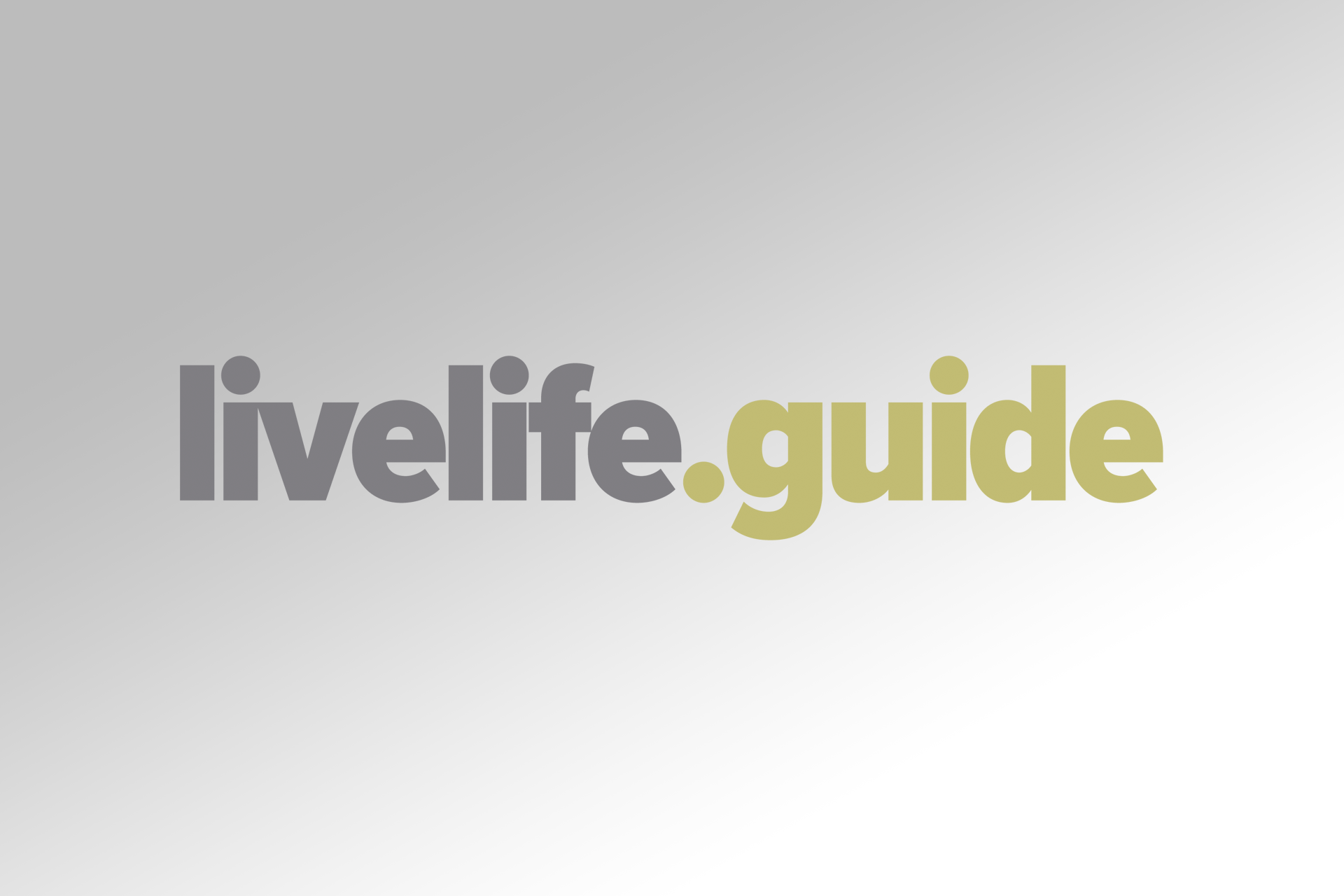Description
Known as Tyto Alba scientifically, this stunning nocturnal creature glides silently across open fields next to wooded areas perching in tree limbs awaiting their prey.
The barn owl can be characterized by its’ lightly coloured face resembling a heart with a deep set of dark, slanted eyes.
They have extremely sharp talons that are black in colour used for swooping down and grasping their prey with an equally sharp, hooked beak used for shredding.
The upper portion of the body and head has a combination of grey and cream coloured feathers. The feathers have defined tiny black and white spots with some distinct streaks of brown.
The bottom portion of the body generally has light to white coloured feathers. The long legs will contain dense feather coverage also light in colour.
Measuring anywhere from 25 cm to 45 cm long and with a wingspan reach of 75 cm to 100 cm. Weighing approximately 330 gm to 700 gm with the female being larger and more colourful.
Also known as the Cave Owl, Church Owl, Common Barn Owl, Demon Owl, Ghost Owl, Golden Owl, Monkey faced Owl, Rat Owl, Stone Owl and White Owl among other names.
These birds are very common throughout the world except in Antarctic areas. In certain areas they are considered to have supernatural and evil powers.
Feeding
Surviving on a mostly carnivorous diet, owls prefer to hunt their prey at night. They have exceptional night vision and can also detect prey by sound. Their prey consists generally of rodents, birds, snakes, frogs and various insects.
With a very high metabolism, owls can consume up to seven rodents in a single evening. A pair that is nesting can devour several thousand a year.
Owls are unable to digest bones or fur. Sporadically they will expel the bones and fur by regurgitating.
Nesting
Barn owls are noted for coupling for life. They will nest in buildings, barns, trees, in crevices and cracks on the side of a cliff or other like settings.
During courtship the male owl will present the female with offerings of food to insure she is in optimal health.
Breeding starts in April or May with incubation lasting between 27 and 34 days. It takes up to sixty days for the nestlings to be inadequate shape to leave the nest or fledge.
The eggs are white in colour and have a smooth appearance. A group of eggs is considered a clutch and generally consists of six eggs. They average between 32 mm and 44 mm in size.
Female owls hatch the eggs alone. Eggs are laid in 1 -2 day gaps that creates a pecking order.
After hatching the nestlings already have the owls’ distinctive heart-shaped face. They are covered in an off white down.
The nestlings are fed by both parents. The nestlings are fed in the order they are hatched. If there is a food shortage the youngest will die and be fed to the older chicks as a means of survival.
Owls are considered endangered due to the use of harmful chemicals used to kill rodents that were consumed by owls. The life expectancy of an owl can reach over 20 years; unfortunately the mortality rate is extremely high in the first year.









